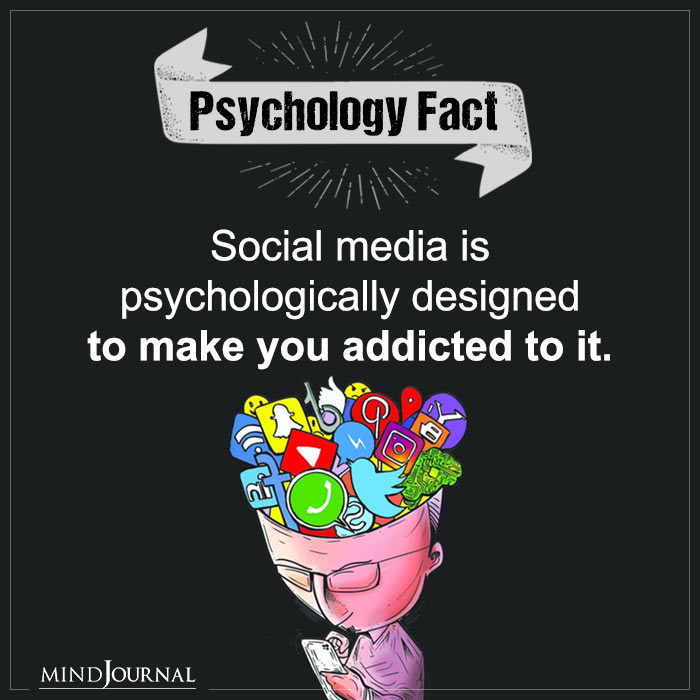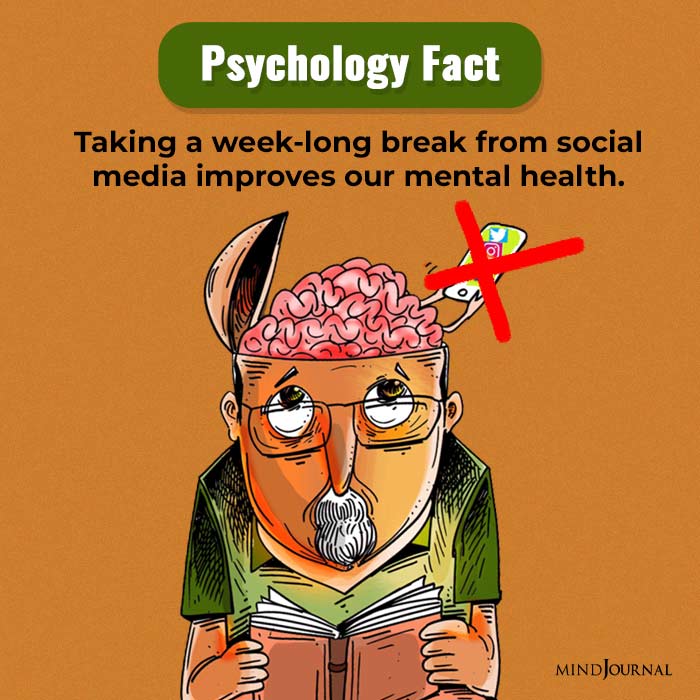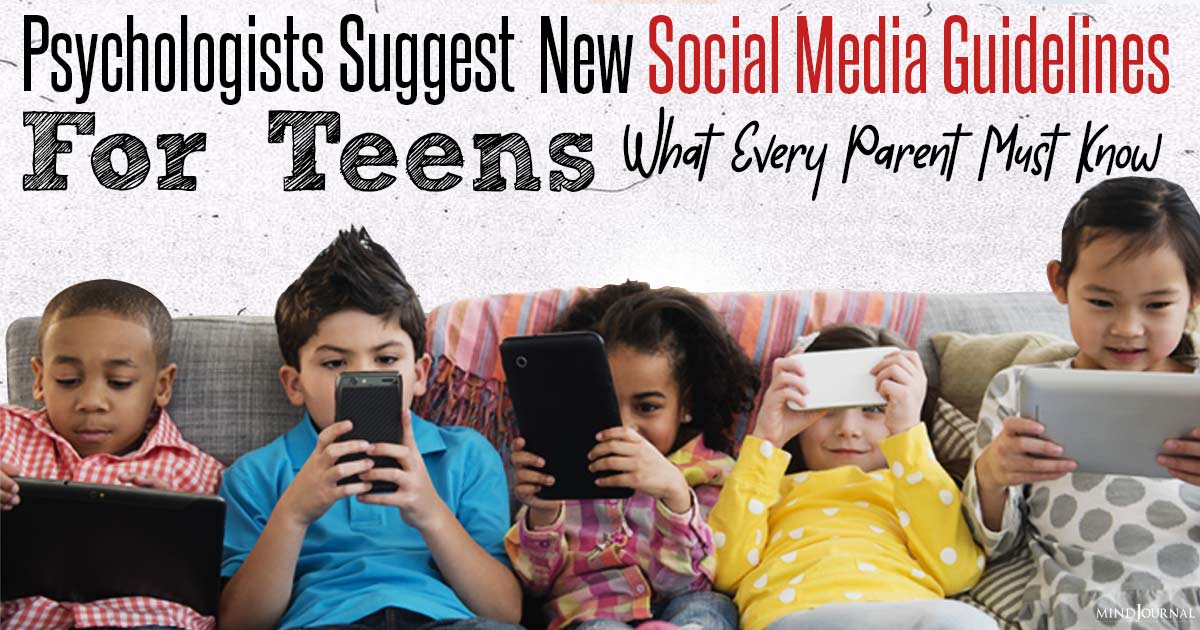The American Psychological Association (APA) is leading the way in social media literacy training for teens with 10 groundbreaking recommendations. Their goal is to steer teenagers, parents, teachers, and tech companies toward a healthier and more balanced relationship with this powerful platform.
Are you ready to join the movement? Read on to learn more.
Empowering Social Media Literacy Training For Teens
Recognizing the allure of social media, the APA’s suggestions strike a delicate balance. They advocate for media literacy matters, screen time limits to safeguard sleep and physical activity, and tailoring usage to developmental capabilities.

Routine screenings for “problematic social media use” and discouraging appearance-based comparisons further contribute to the holistic approach.
Mitch Prinstein, APA’s chief science officer, highlights the significance of scientifically grounded guidance. Backed by the latest research, the APA offers informed decisions on the benefits and potential risks involved.
These recommendations address nebulous concepts, from providing resources on social media’s positive and negative sides to minimizing exposure to “cyberhate.”
Related: 3 Ways To Protect Children From The Dark Side Of Social Media
Prinstein compares teens’ social media use to driving a car, emphasizing the need for collaboration between policymakers, parents, and tech companies. The APA empowers youngsters to navigate social media while avoiding its pitfalls.
The call for action arises as concerns mount over social media’s impact on young minds. Reports of body image issues and mental health effects have put platforms like Instagram, TikTok, and Snapchat under scrutiny.
Legislative efforts and ongoing legal cases highlight the urgency of addressing these concerns.
The APA’s recommendations target multiple stakeholders, recognizing the collective responsibility to foster a safe online environment. Collaboration between adults and teens is crucial, utilizing the guidelines as conversation starters.

While acknowledging the challenges, the APA aims to offer a safer approach without vilifying social media. By reflecting on the science, the guidelines acknowledge its potential benefits while highlighting warning signs. Moderation and offline connections determine their impact on young individuals.
The APA’s recommendations serve as a clarion call to reshape the relationship between adolescents and social media. By empowering stakeholders and focusing on well-being, society can unlock the immense potential within the young generation in this transformative era.
Related: Unplug To Recharge: 10 Incredible Benefits Of Digital Detox
What’s the safest way for teens’ social media use, according to you? Share your thoughts about these guides in the comments below!
References
APA panel issues recommendations for adolescent social media use. (2023, May 9).










Leave a Reply